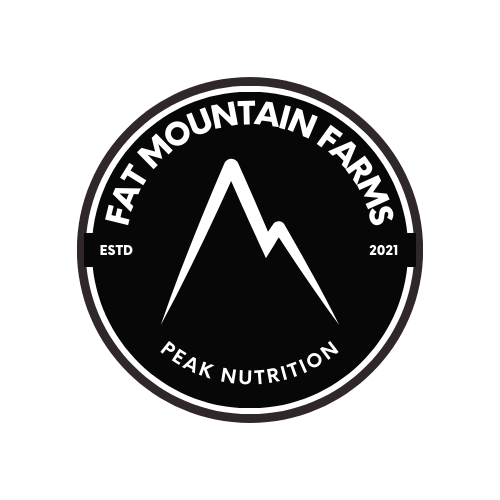When it comes to regenerative farming, you begin to realize you're a bit of a "sh*t" farmer. Not in the sense where your skill sets worsen, but in the literal sense where you are farming to optimize the amount manure that can be spread over your pastures. The more effective a regenerative farmer is at putting as much manure on the ground as possible, while giving the area of pasture adequate rest time, the greater the amount of nutrient content will be present in the soil.
There are six major macronutrients needed for optimal soil health and pasture productivity: phosphorus, sulphur, nitrogen, potassium, calcium, and magnesium. The two most important elements for pasture systems and growth are nitrogen and phosphorus. A lot of conventional farmers believe you need chemical fertilizers to provide your pastures with an adequate amount of these two elements. However, the use of effective rotational grazing techniques, while incorporating a high concentration of manure on sections of ones pasture, will be just as effective, if not more effective, at putting these elements in the soil.
When out on our pastures, the one factor we always focus on, because we know it will benefit the growth of our grasses and improve the health of our animals, is how can we effectively put enough manure on the ground while giving our livestock enough food to thrive in each rotation. If we put our livestock in areas that is too large, we won't place enough manure in that area and the animals won't eat all areas of the pasture. If we put them in too small of a section, there won't be enough food and they will begin to eat the grass to the dirt (which will effect the health of the soil as it will be left bare to the sun) and eat their own feces. We have to ensure the areas are just right to optimize food consumption and manure distribution.
Some livestock have equations that can be used to find the optimal pasture size. For cows, the common equation is a cow per acre. There are a lot of factors that will change this equation, but a general rule of thumb is a cow per acre. For our farm, grazing sheep and chickens, there is not a particular equation that will give us the perfect pasture size. With sheep, it takes experience and an understanding on how they graze. Because their manure is in small pellets, you need to ensure they are grazing at a high stock density so enough of the manure spreads over the pasture.
For chickens, their manure is extremely rich in nitrogen and phosphorus. Its nitrogen and phosphorus content is at least twice as high as that of other farm animal's manure. Because chicken manure is a complete fertilizer, it also adds organic matter to the soil, which improves soil structure, moisture-holding, drainage capability, and aeration. The organic matter in chicken manure also feeds soil microbes allowing organic nutrients to break down faster, which in turn makes them available to plants more quickly. In order to get the most out of the chicken manure, the chickens need to be tightly packed when grazing and moved more frequently than any other livestock animal. The high concentration of chicken manure will apply a large amount of poundage of nitrogen into the soil, which will help improve the soil fertility at a much higher rate.
The idea of working with sh*t can be deterring for a majority of people. However, the benefits of it can be wonderful for the environment. With a combination of naturally fertilizing the pasture and allowing it to rest, increases the organic matter in the soil, which improves the nutrient content of the grasses. The greater the quality of nutrients available, the healthier the animals become.

